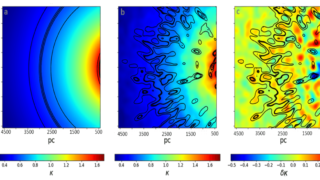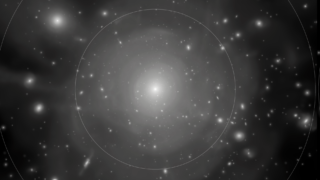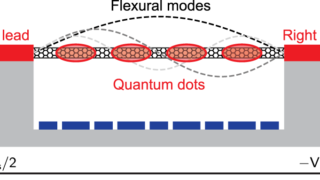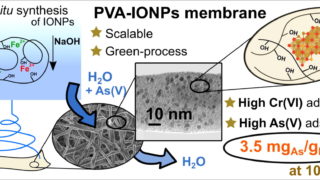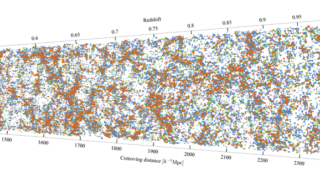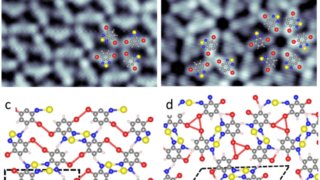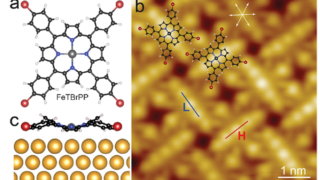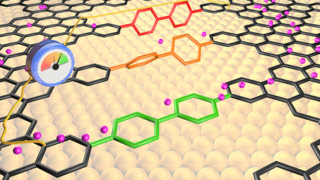
Molecular bridges as tools to engineer quantum transport in nanoporous graphene
At the nanoscale, even the most basic quantum size effect, the induction of semiconducting gaps by electron confinement, requires ultimate precision. The case of graphene is a dramatic example, where deviations of a single atom in width can induce dramatic variations of the gap. As a consequence, local defects or variations in width can severely […]
